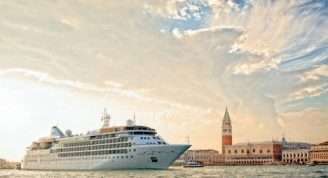Description
The seabird islands of the western British Isles are the envy of the birding world, yet it is not easy to sample the wonderful diversity of their character and come face-to-face with seagoing inhabitants. This unusual expedition cruise will appeal to those who wish to explore our coastal waters, observe the marvellous seabird and marine life and walk across untouched coastal wilderness areas. The focus of our expedition is the prolific birdlife but the region is also rich in historical and cultural heritage and we will visit the spiritual island of Iona, Northern Ireland’s walled city of Derry and the islands of the St Kilda archipelago.
Cruising aboard the 84-passenger Ocean Nova, we will be able to enjoy expedition cruising at its best. Although we will set sail with a schedule, it will not be set in stone. The Captain and expedition team keep a flexible approach allowing you the opportunity to fully experience the unexpected, whether it be a sighting of dolphins, a whale or any unusual event. Our exploration of inlets, estuaries and protected coastal waters will be made all the more enjoyable by the use of our Zodiac landing craft which enable us to land in remote places such as St Kilda and Lunga, providing for an unusual perspective and making the otherwise inaccessible readily available. This is a wonderful opportunity to see some of our most beautiful places and view some of the extensive birdlife. No matter your level of expertise you will find a warm welcome and a cornucopia of stunning sights and sounds.









